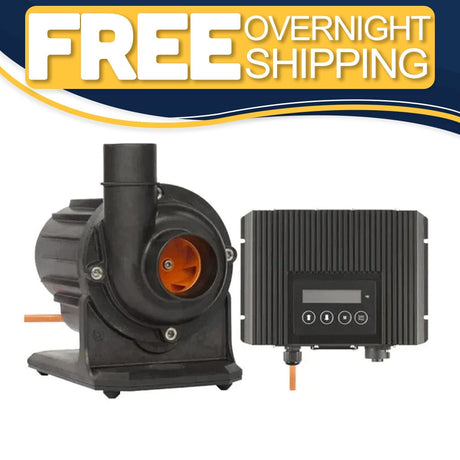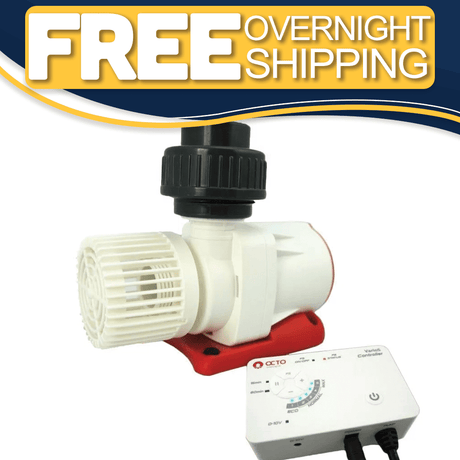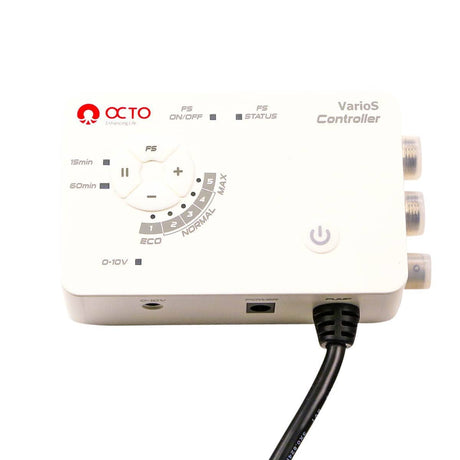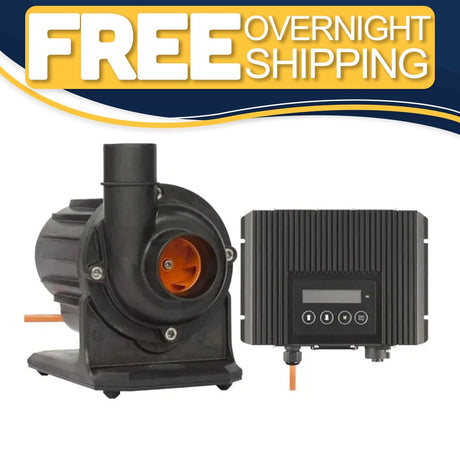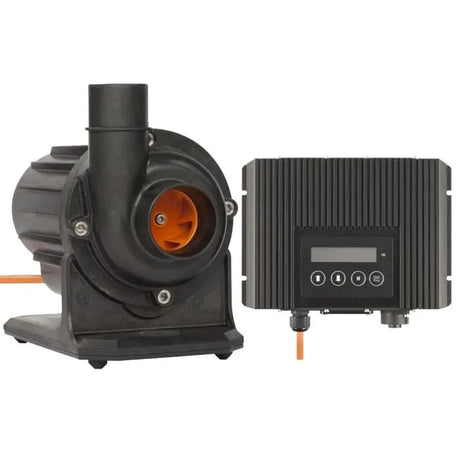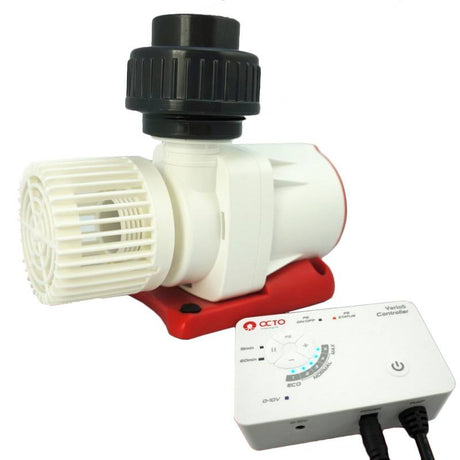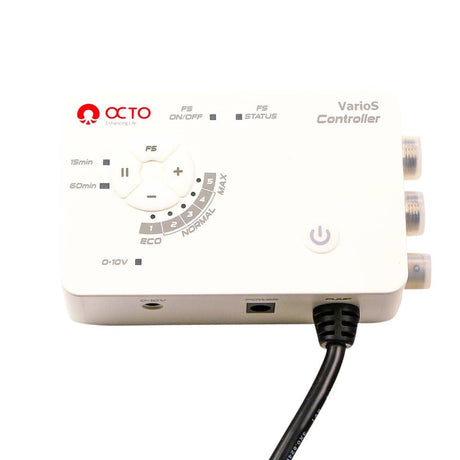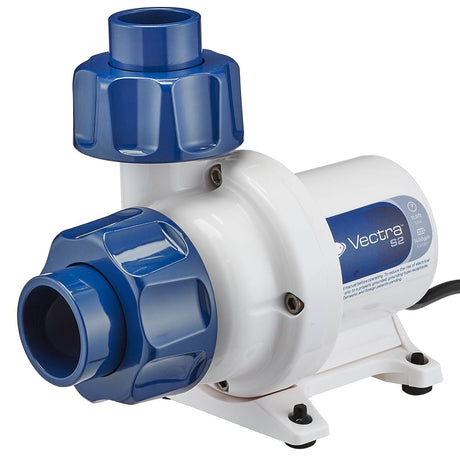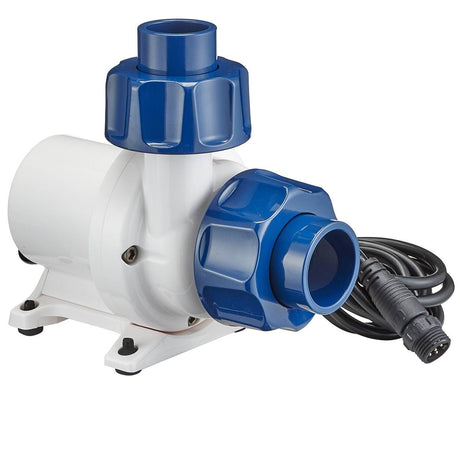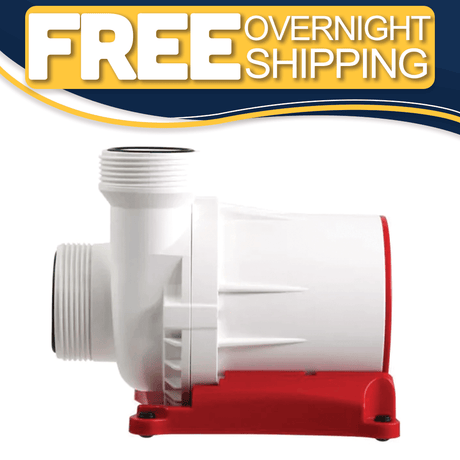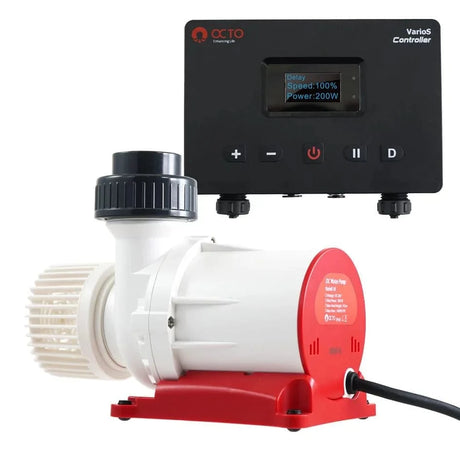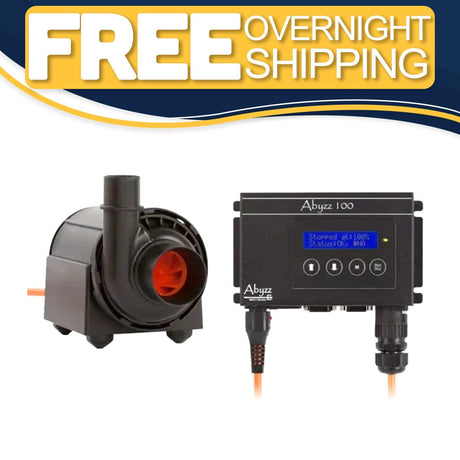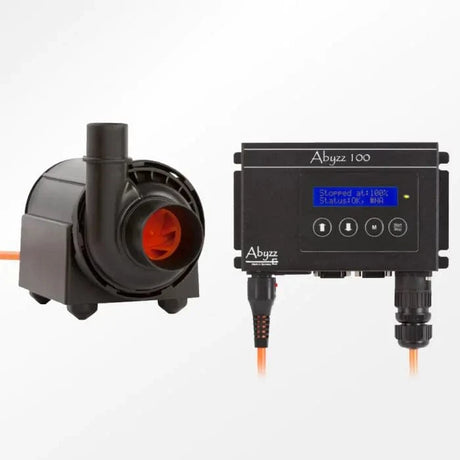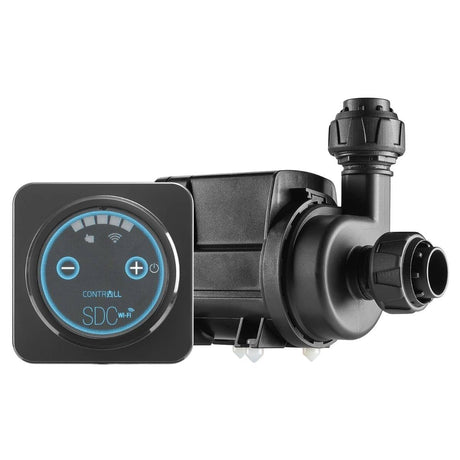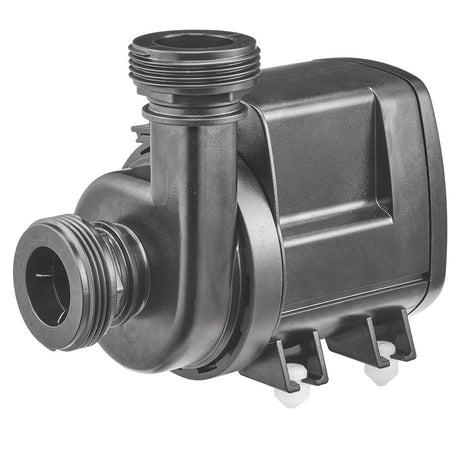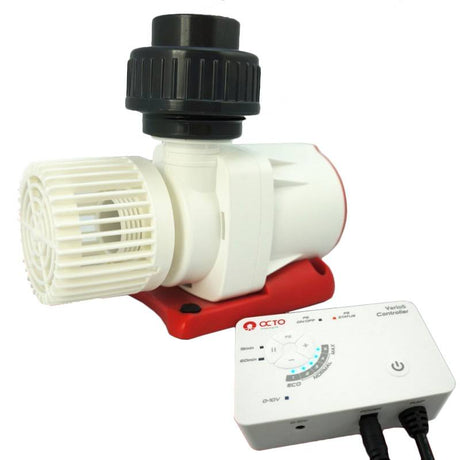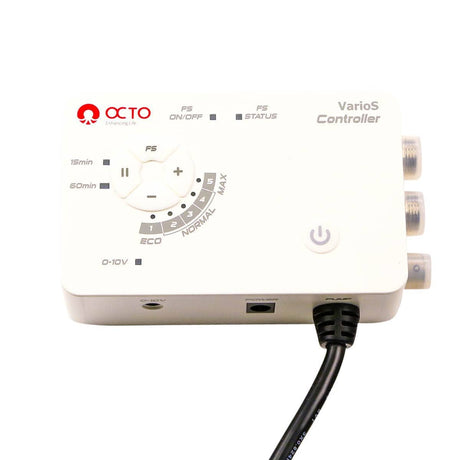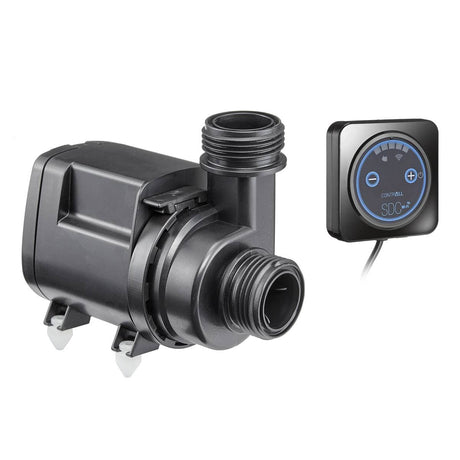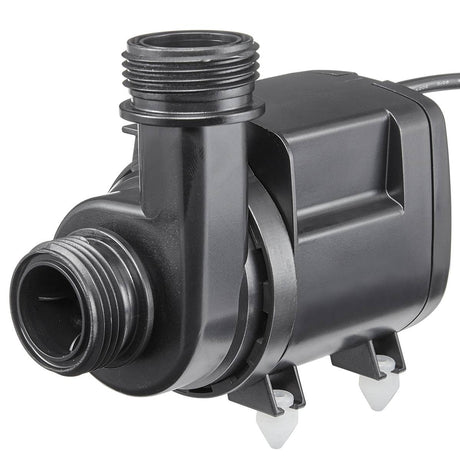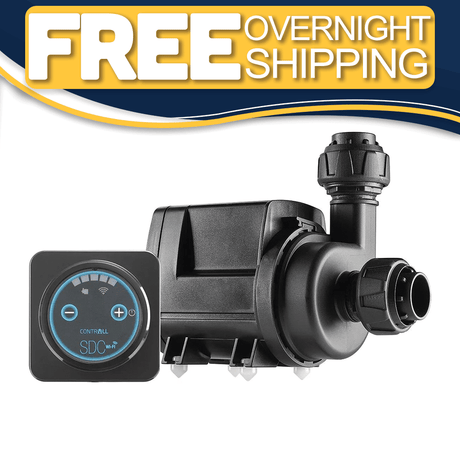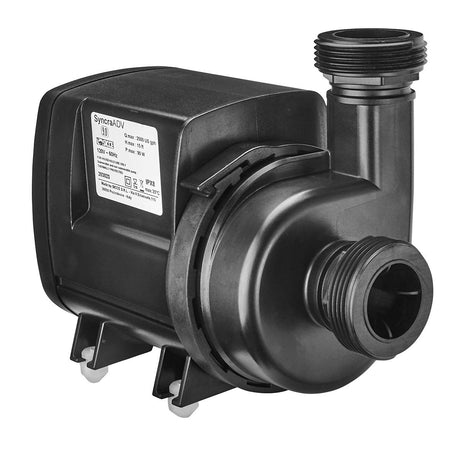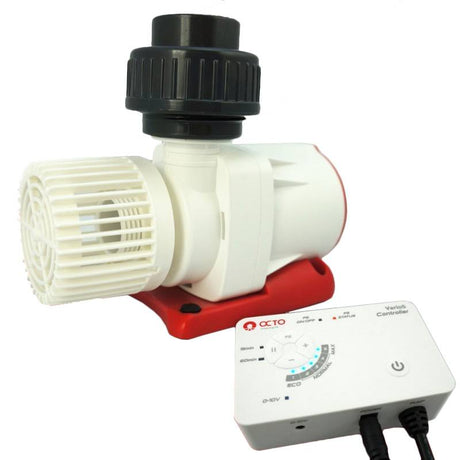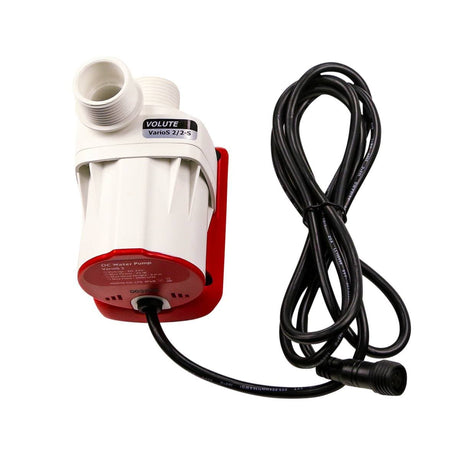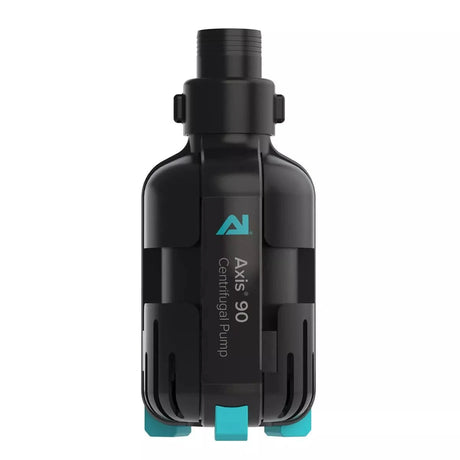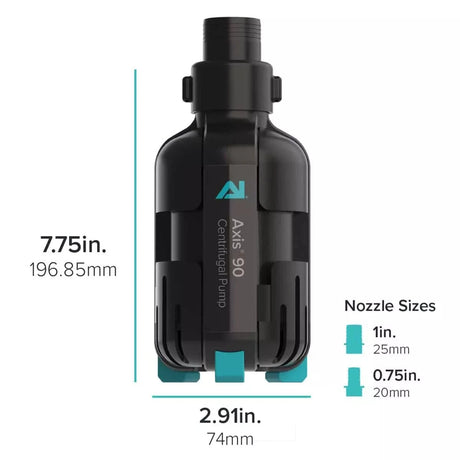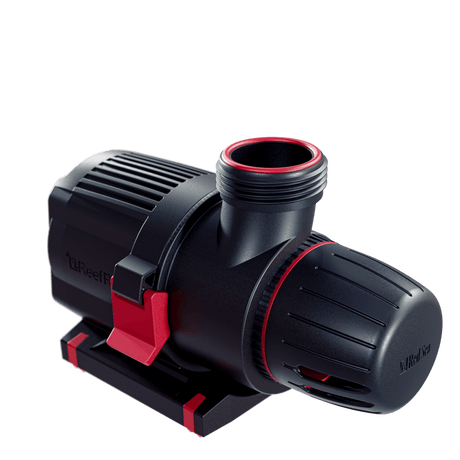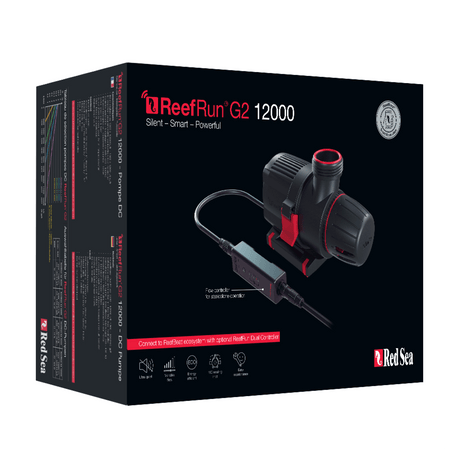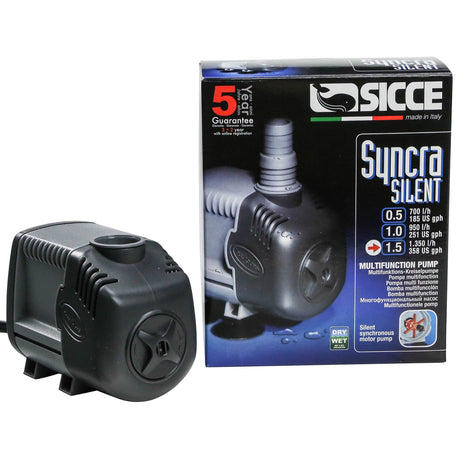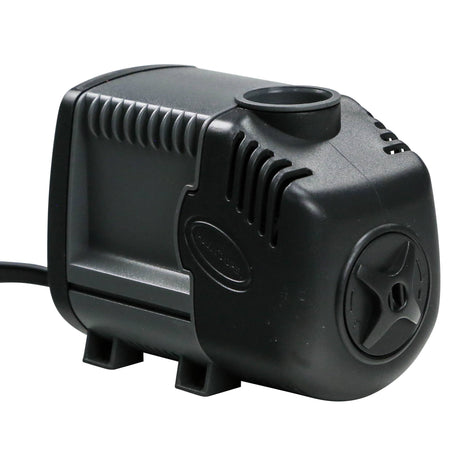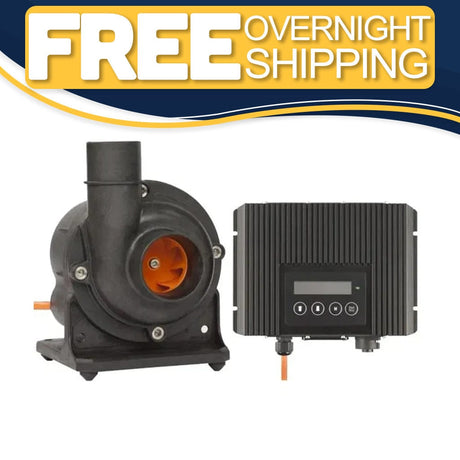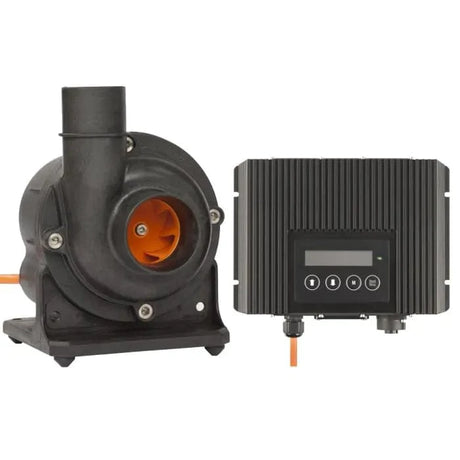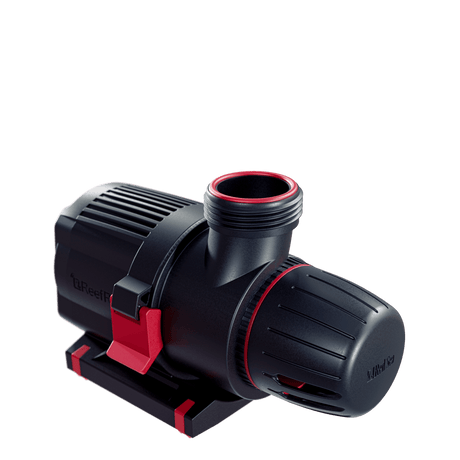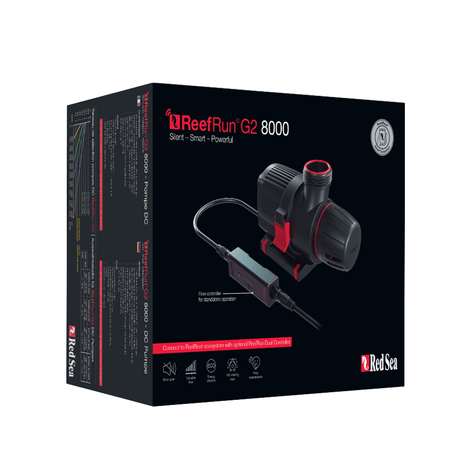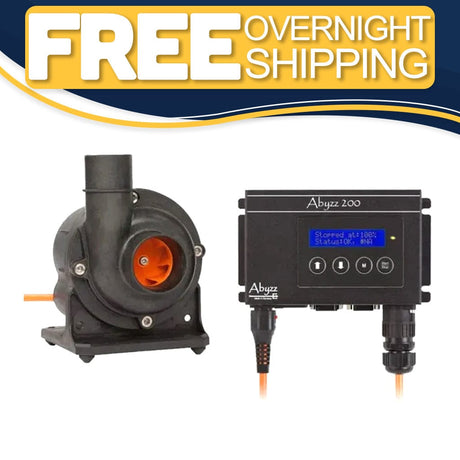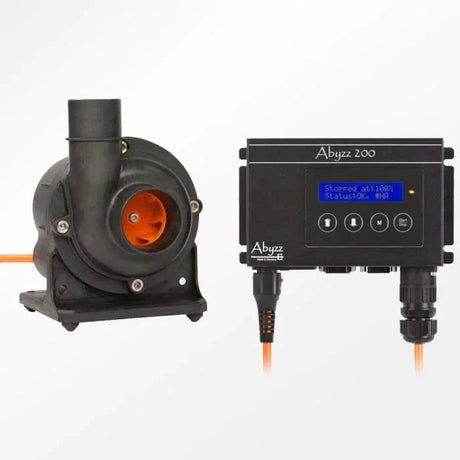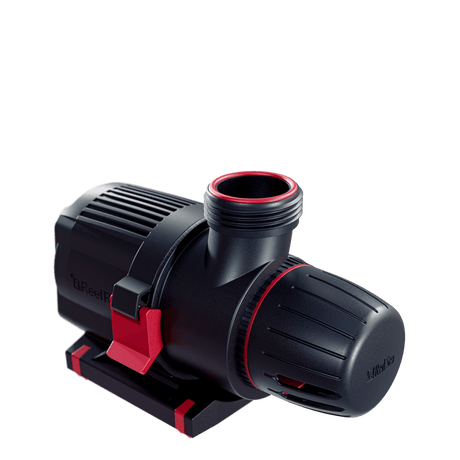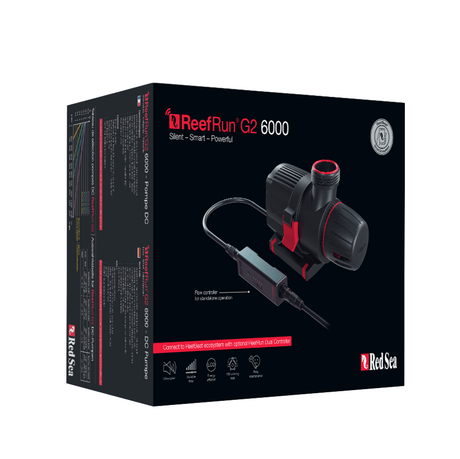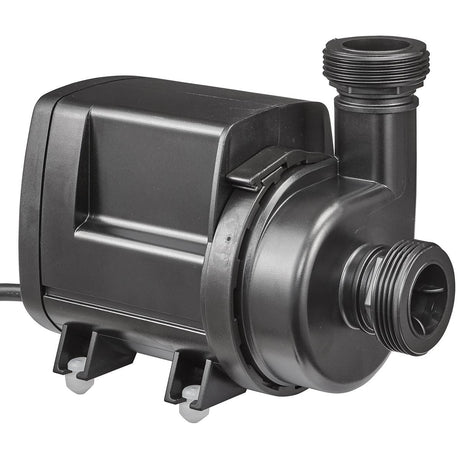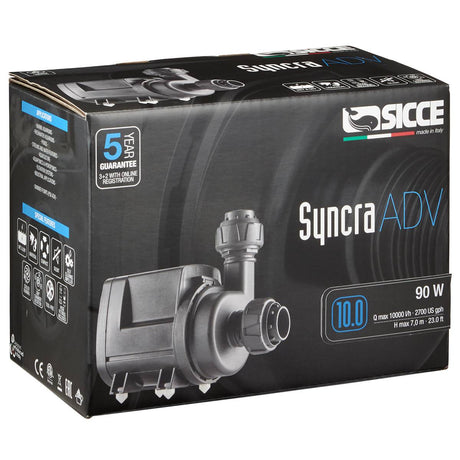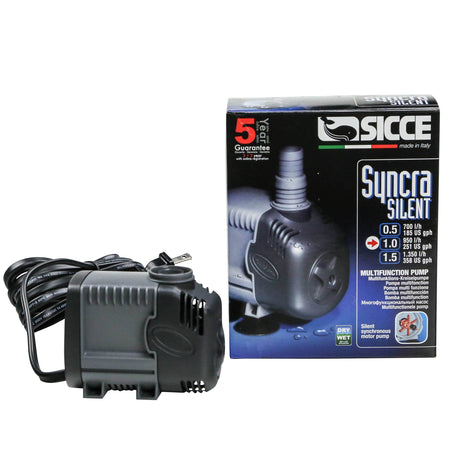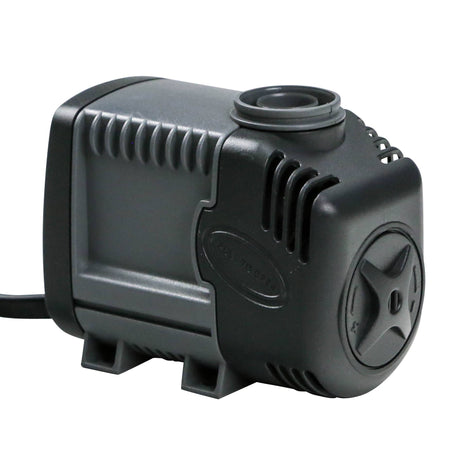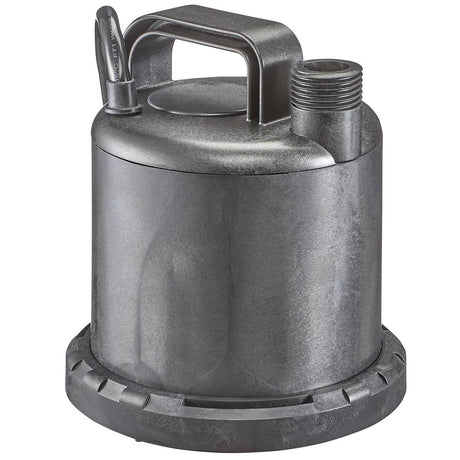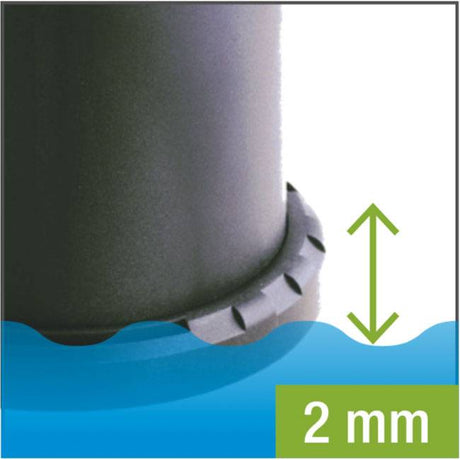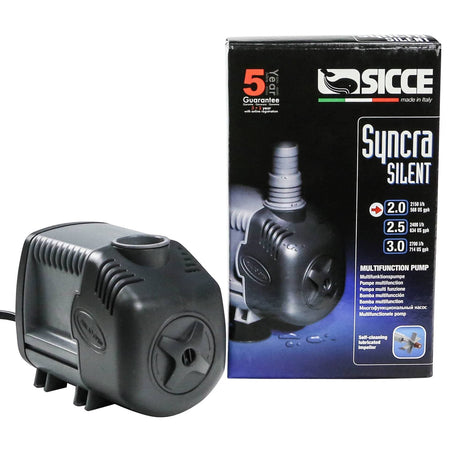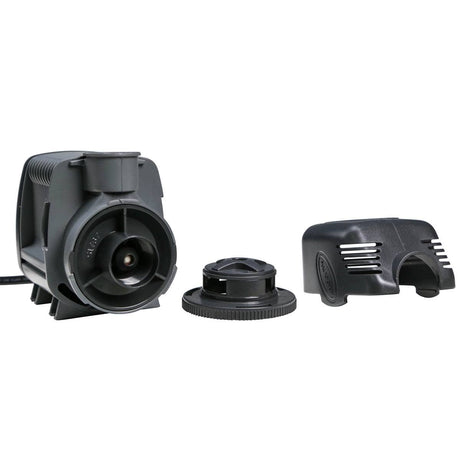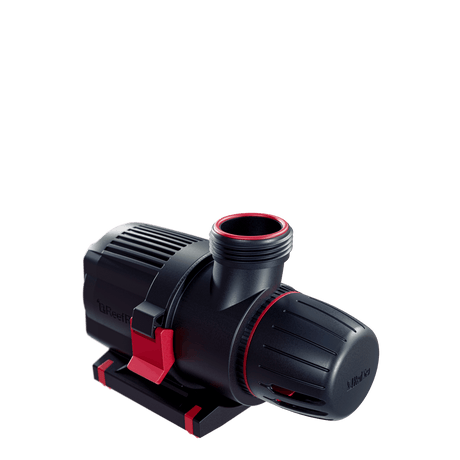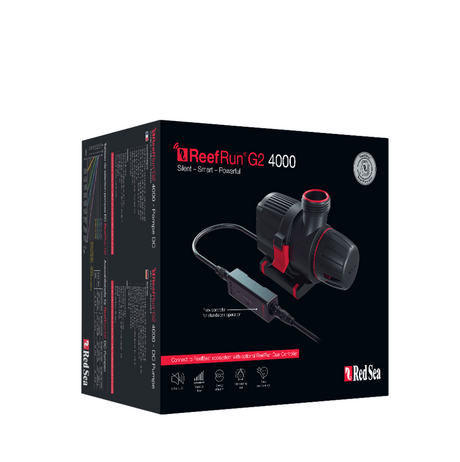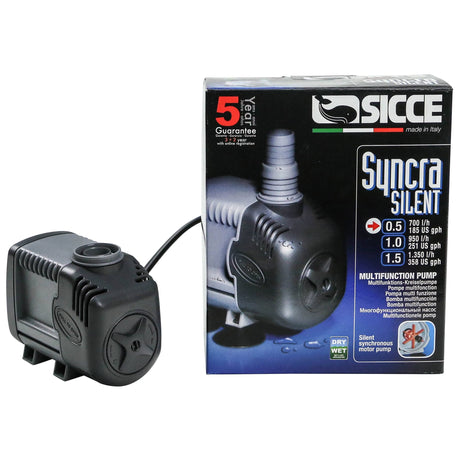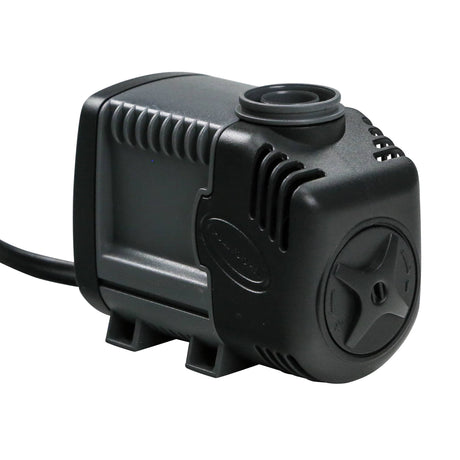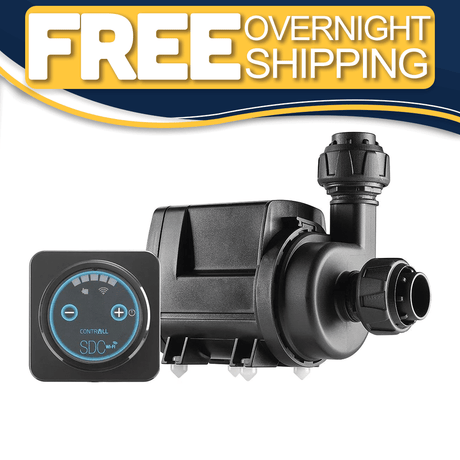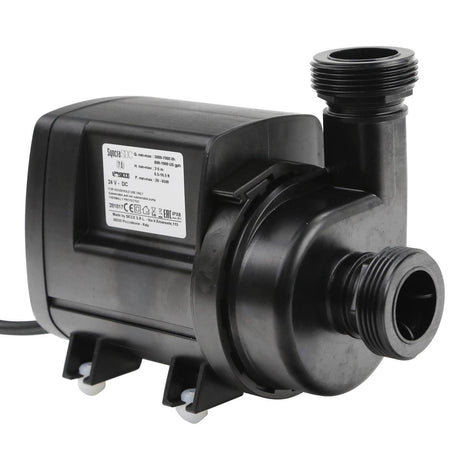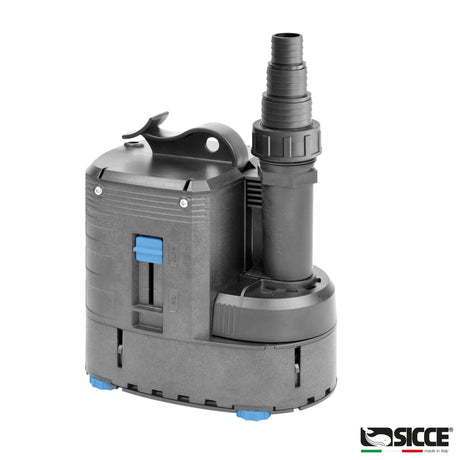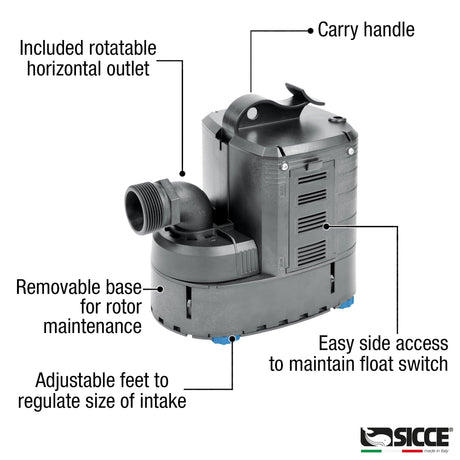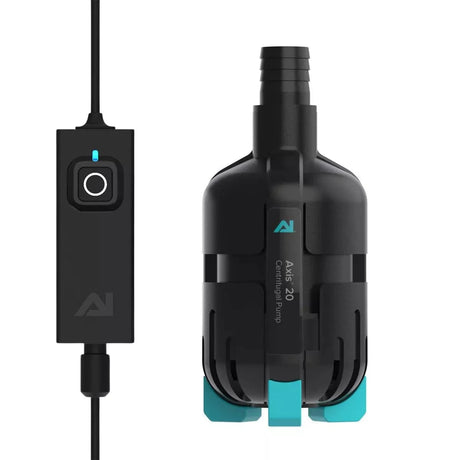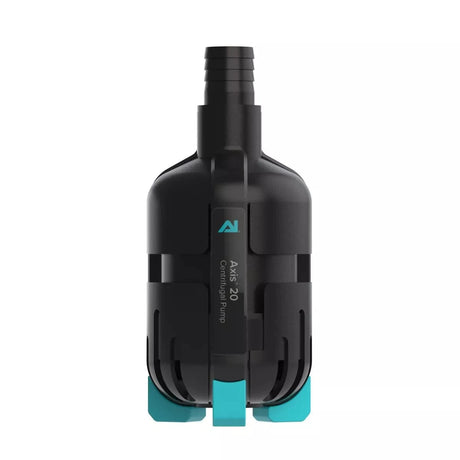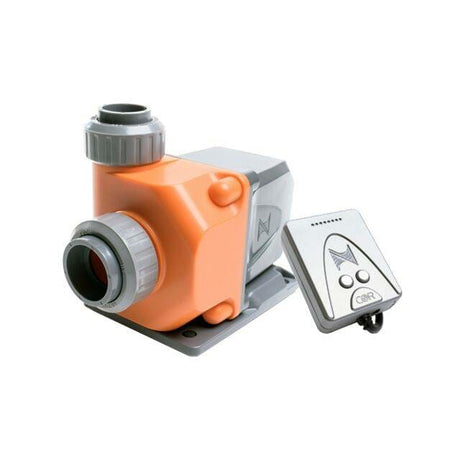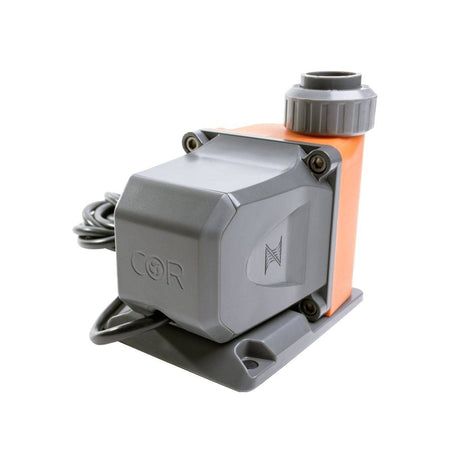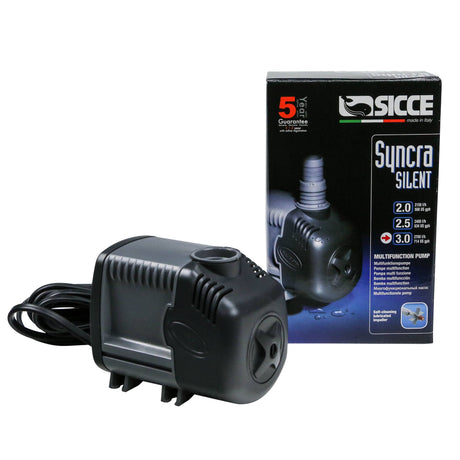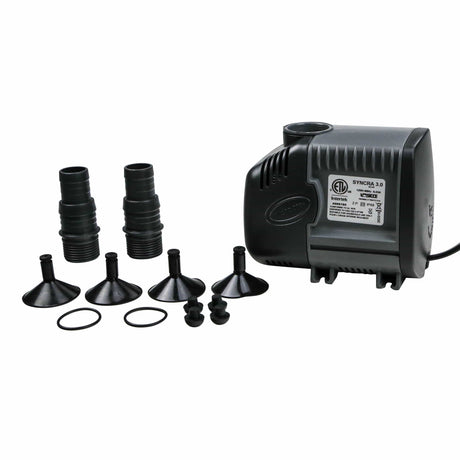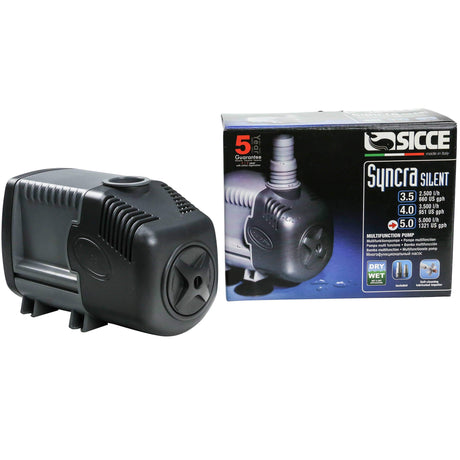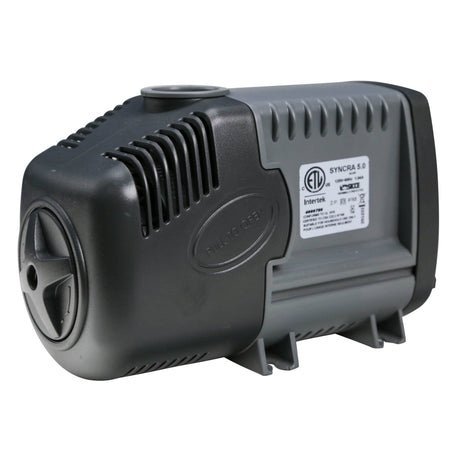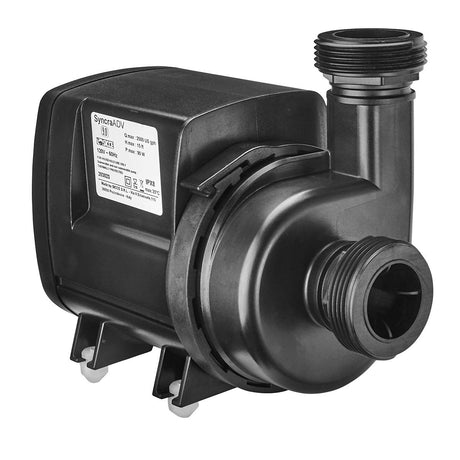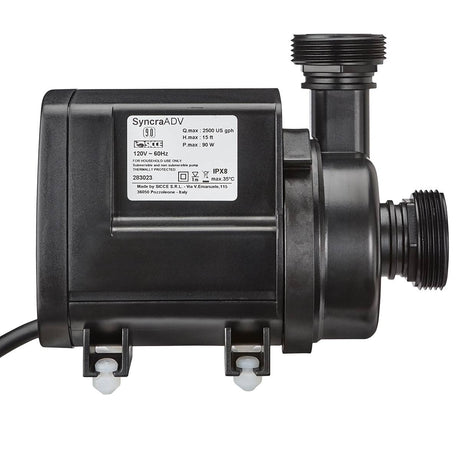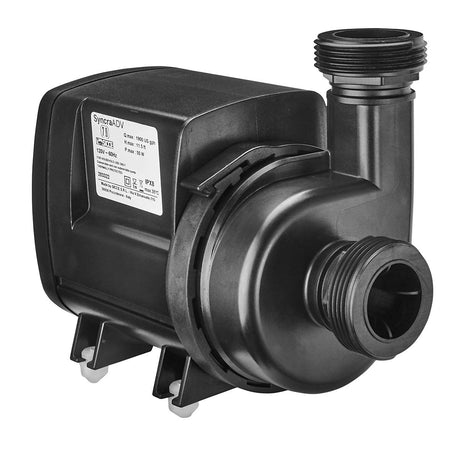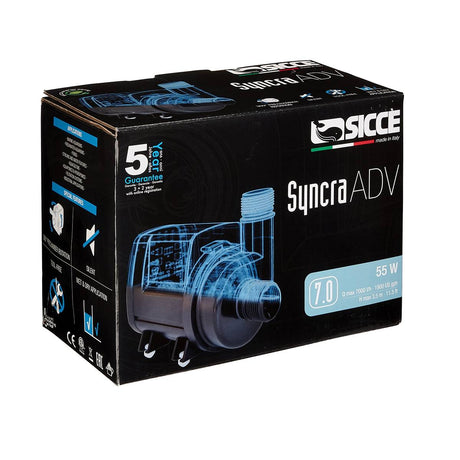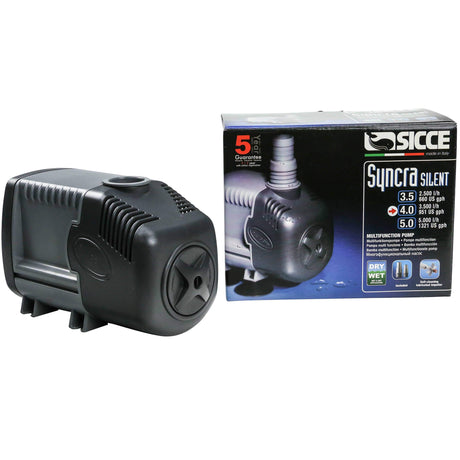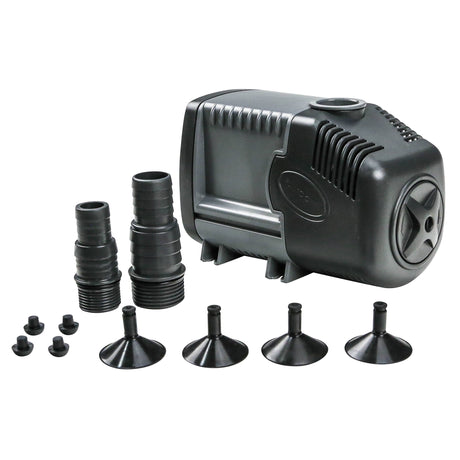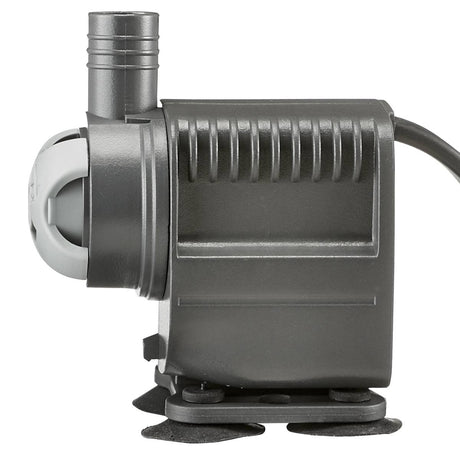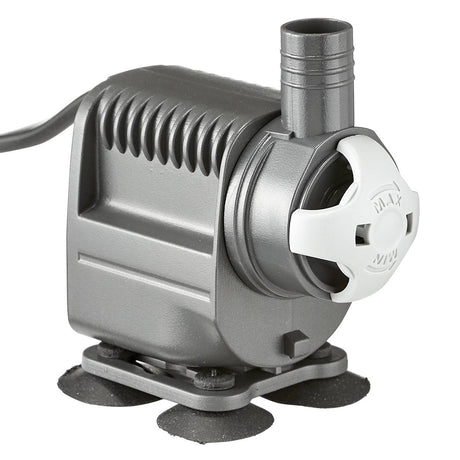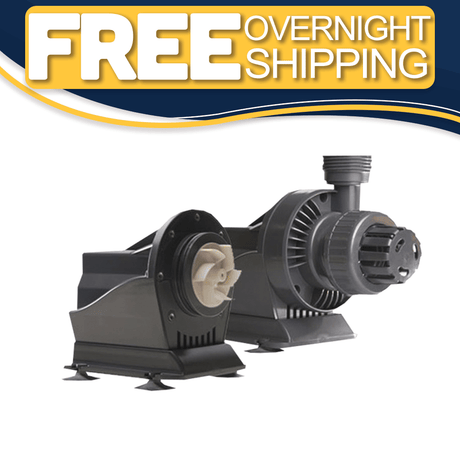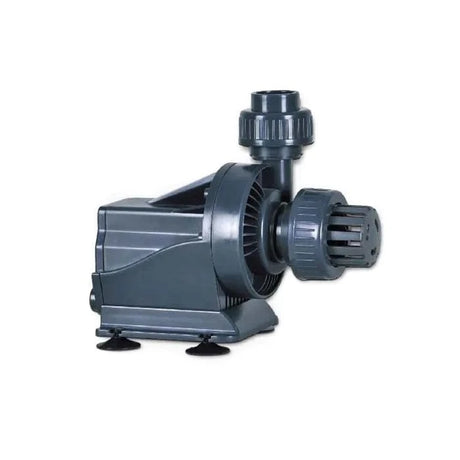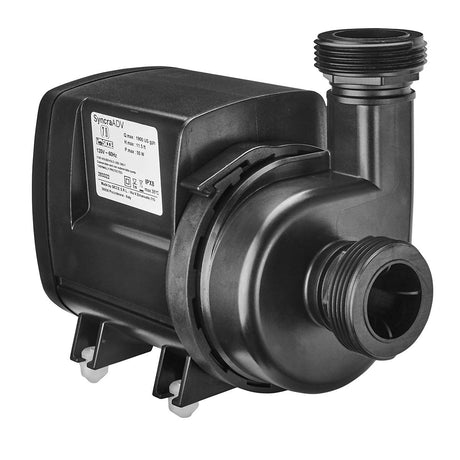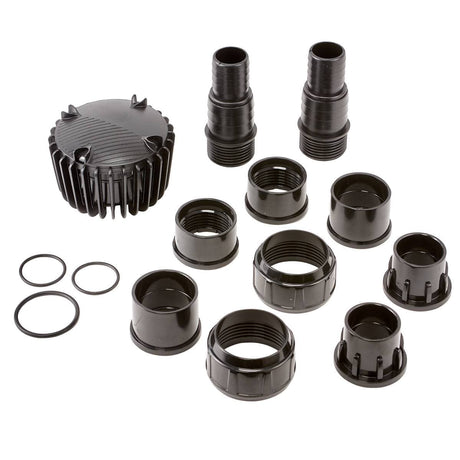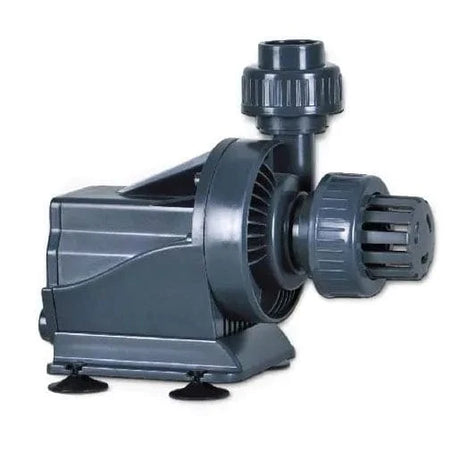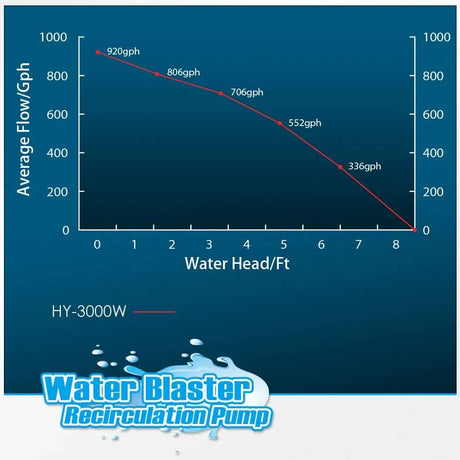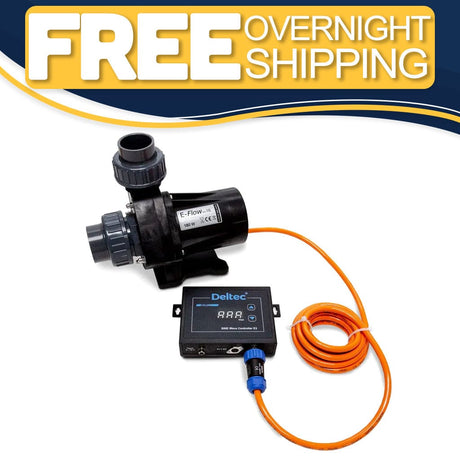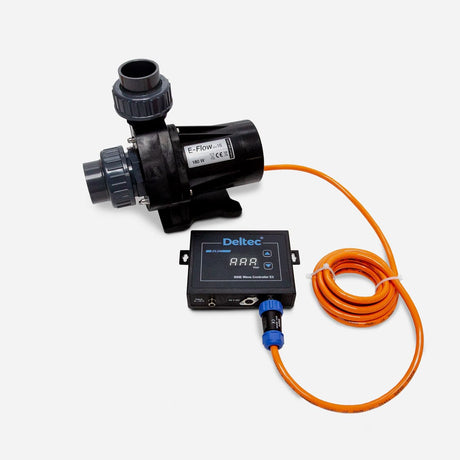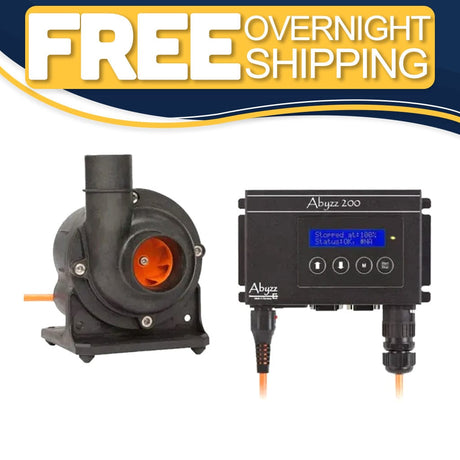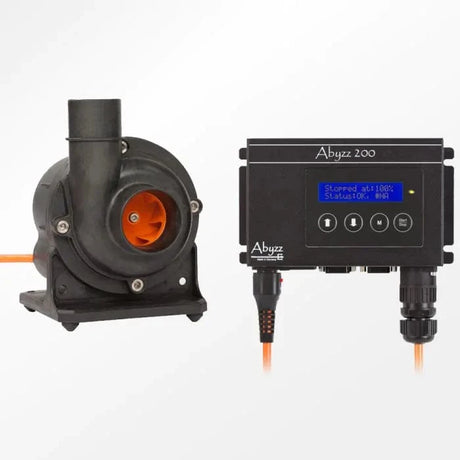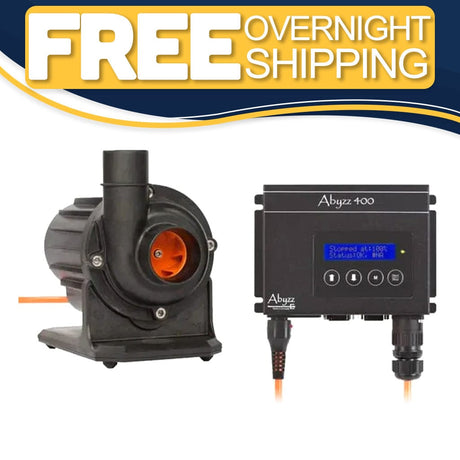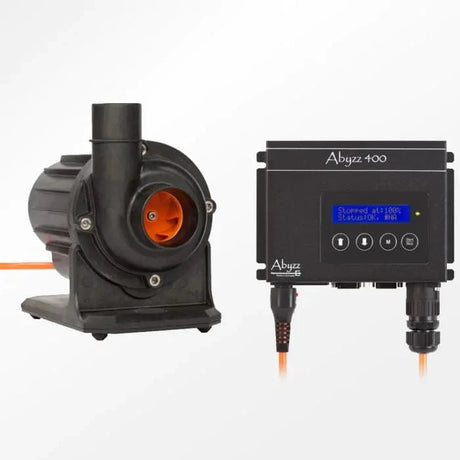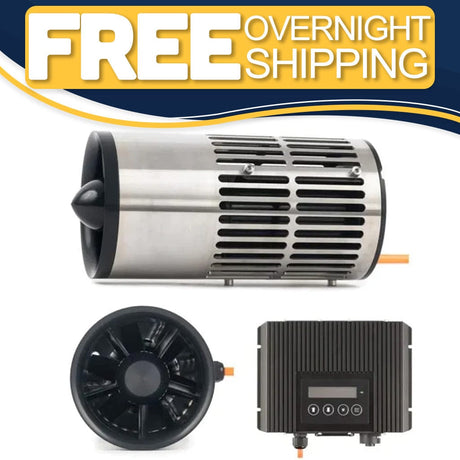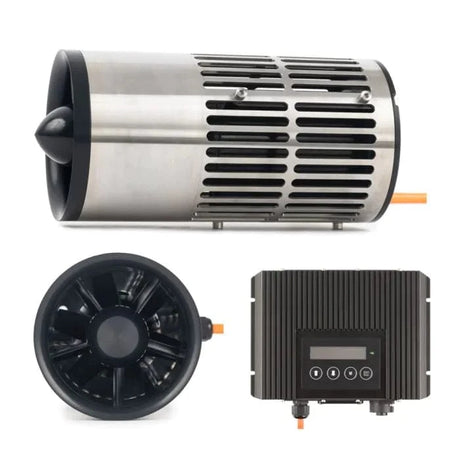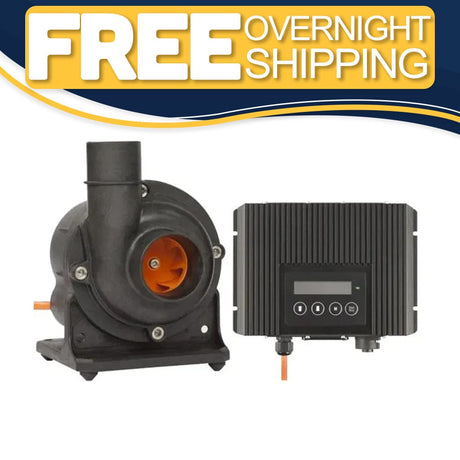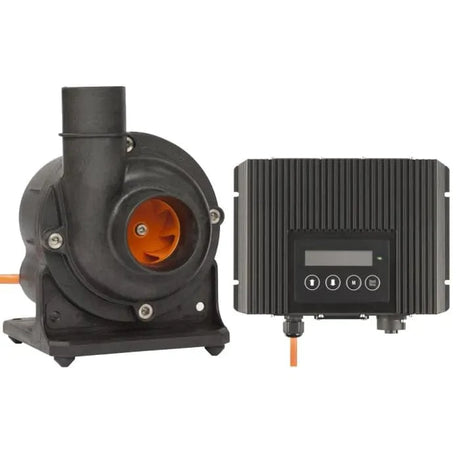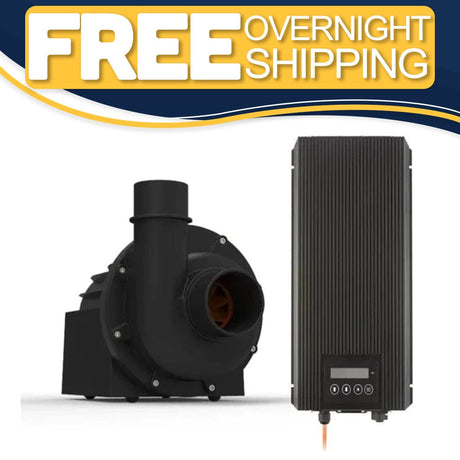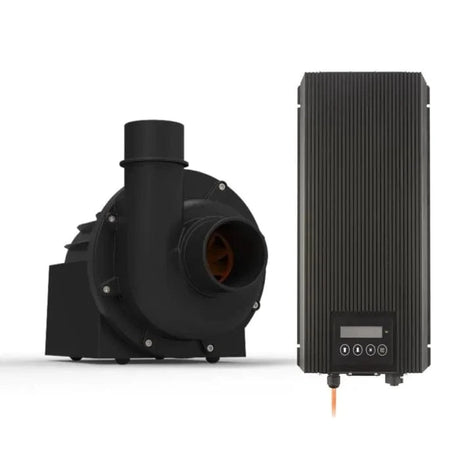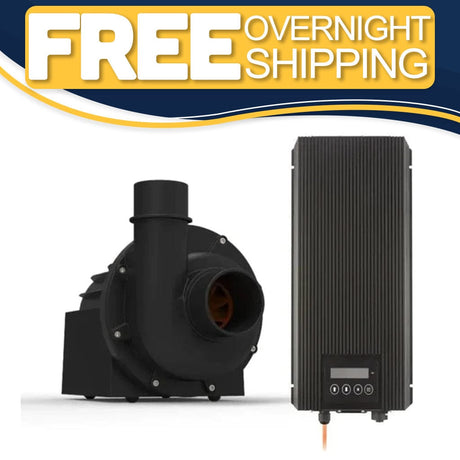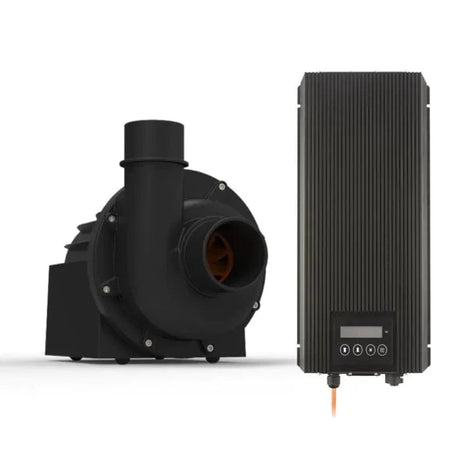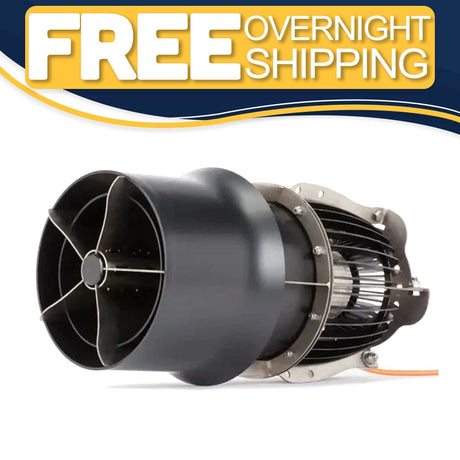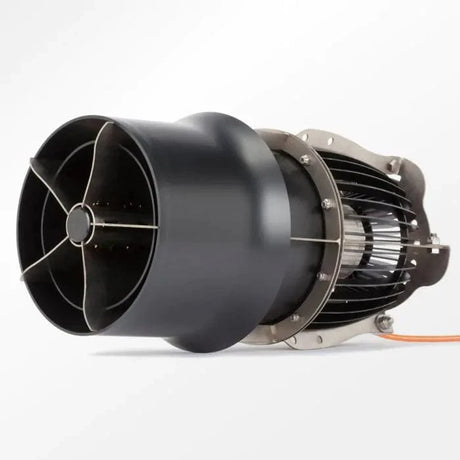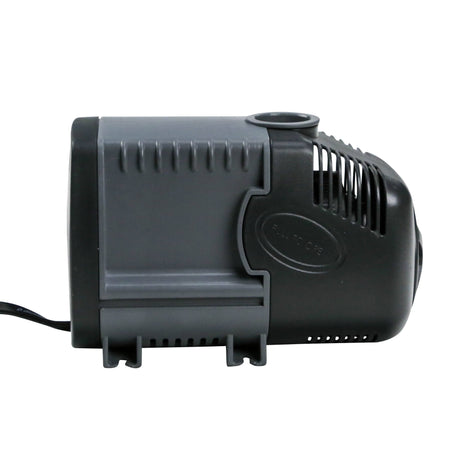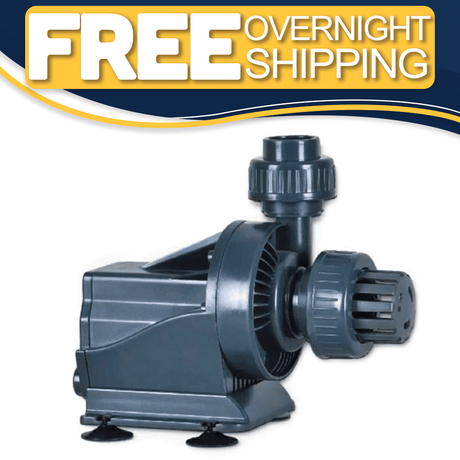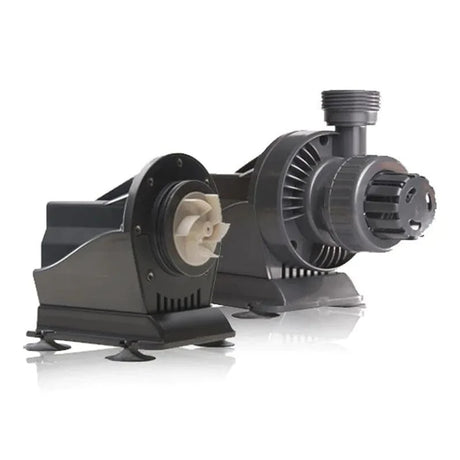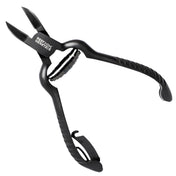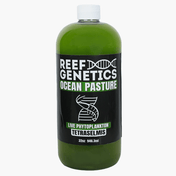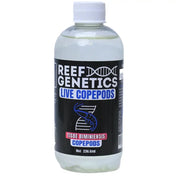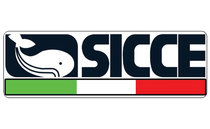A400 IPU-3M 4,900GPH DC Pump - Abyzz
$4,06999Unit price /Unavailable
VarioS-8 Controllable DC Pump (2700 GPH) - Reef Octopus
$54999Unit price /UnavailableA400 IPU-10M 4,900GPH DC Pump - Abyzz
$4,17999Unit price /Unavailable
VarioS-6 Controllable DC Pump (1720 GPH) - Reef Octopus
$42899Unit price /UnavailableVectra S2 - Mobius Ready DC Return Pump (1400 GPH) - EcoTech Marine
$37999Unit price /Unavailable
VarioS-10 Controllable DC Pump (4220 GPH) - Reef Octopus
$1,09999Unit price /UnavailableA100 1,880GPH Controllable DC Pump - Abyzz
$2,19999Unit price /Unavailable
Syncra SDC 6.0 WiFi Controllable Pump (530-1450 GPH) - Sicce
$39999Unit price /Unavailable
VarioS-4 Controllable DC Pump (1050 GPH) - Reef Octopus
$38499Unit price /Unavailable
Syncra SDC 3.0 WiFi Controllable Pump (200-800 GPH) - Sicce
$29999Unit price /Unavailable
Syncra SDC 9.0 WiFi Controllable Pump (1000-2500 GPH) - Sicce
$54999Unit price /Unavailable
VarioS-2 Controllable DC Pump (792 GPH) - Reef Octopus
$29699Unit price /UnavailableAxis 90 Centrifugal Pump (925GPH) - Aqua Illumination
$16999Unit price /UnavailableReefRun G2 12000 - DC Aquarium Return Pump - Red Sea
$37500Unit price /Unavailable
Syncra Silent 1.5 Pump (357 GPH) - Sicce
$8999Unit price /UnavailableA200 IPU-10M US 3,800GPH DC Pump - Abyzz
$3,29999Unit price /UnavailableReefRun G2 8000 - DC Aquarium Return Pump - Red Sea
$33000Unit price /UnavailableA200 3,750GPH Controllable DC Pump - Abyzz
$2,63999Unit price /UnavailableReefRun G2 6000 - DC Aquarium Return Pump - Red Sea
$26000Unit price /Unavailable
Syncra ADV 10.0 Water Pump - Sicce
$38999Unit price /Unavailable
Syncra Silent 1.0 Pump (251 GPH) - Sicce
$6999Unit price /UnavailableULTRA-ZERO Utility Pump - Sicce
$12999Unit price /Unavailable
Syncra Silent 2.0 Pump (568 GPH) - Sicce
$11999Unit price /UnavailableReefRun G2 4000 - DC Aquarium Return Pump - Red Sea
$19500Unit price /Unavailable
Syncra Silent 0.5 Pump (185 GPH) - Sicce
$5499Unit price /Unavailable
Syncra SDC 7.0 WiFi Controllable Pump (800-1900 GPH) - Sicce
$47999Unit price /UnavailableULTRA 9000 Utility Pump (2245 gph) - Sicce
$29999Unit price /UnavailableAxis 20 Centrifugal Pump (185GPH) - Aqua Illumination
$9999Unit price /UnavailableCOR-15 Intelligent Return Pump (1500 GPH) - Neptune Systems
$33999Unit price /Unavailable
Syncra Silent 3.0 Pump (714 GPH) - Sicce
$14999Unit price /Unavailable
Syncra Silent 5.0 Pump (1321 GPH) - Sicce
$22999Unit price /Unavailable
Syncra ADV 9.0 Water Pump - Sicce
$29999Unit price /Unavailable
Syncra ADV 7.0 Water Pump - Sicce
$25999Unit price /Unavailable
Syncra Silent 4.0 Pump (951 GPH) - Sicce
$18999Unit price /Unavailable
Syncra Nano Pump (110 GPH) - Sicce
$3499Unit price /UnavailableHY-10000 Water Blaster Pump - Reef Octopus
$43999Unit price /Unavailable
Syncra ADV 5.5 Water Pump - Sicce
$22999Unit price /UnavailableHY-3000 Water Blaster Pump - Reef Octopus
$30799Unit price /Unavailable- From $60999Unit price /Unavailable
A200-10M 3,750 GPH DC Pump - Abyzz
$2,74999Unit price /UnavailableA400-10M 4,800GPH DC Pump - Abyzz
$3,62999Unit price /Unavailable- $3,51999Unit price /Unavailable
A200 IPU-3M 3,800GPH Controllable DC Pump - Abyzz
$3,18999Unit price /UnavailableA1200 IPU-3M 18,000GPH Controllable DC Pump - Abyzz
$7,69999Unit price /UnavailableA1200 IPU-10M 18,000GPH Controllable DC Pump - Abyzz
$8,79999Unit price /UnavailableAFC400 Commercial Flow Pump - Abyzz
$10,99999Unit price /Unavailable
Syncra Silent 3.5 Pump (660 GPH) - Sicce
$15999Unit price /UnavailableHY-16000 Water Blaster Pump - Reef Octopus
$65999Unit price /Unavailable
Return Pump FAQs
What is the best return pump for a reef tank?
What is the best return pump for a reef tank?
How do I calculate the right flow rate for my system?
How do I calculate the right flow rate for my system?
How often should I clean my return pump?
How often should I clean my return pump?
Can I use the same return pump for freshwater and saltwater tanks?
Can I use the same return pump for freshwater and saltwater tanks?
Should I run my return pump 24/7?
Should I run my return pump 24/7?
